As the end of school nears and summer approaches, the mountains of artwork and papers start coming home. Feeling the need to be prepared and organized, I sat down with interior designer Melinda Orlie-Katsiris of Orlie Katsiris Staging & Interiors and Rightsized Rooms™ to learn what could be done when it comes to designing and organizing the home.
Melinda is an expert when it comes to designing for kids and families, as she too is a mom, living in the city, and making the most of her urban space. She is also the creator of Rightsized Rooms™ – the idea that any room or residence, no matter the size, can be designed within the existing structure and space for maximum efficiency, functionality, and style.
So what are the ABCs of Designing and Organizing for Families? Here’s what Melinda recommends:
A – ART
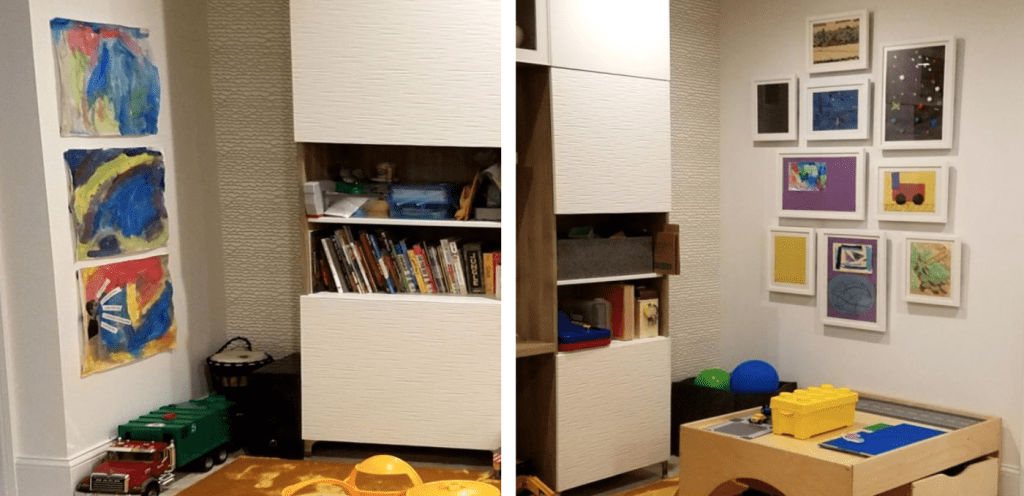
Our kids are wonderful little artists and creative thinkers but we can’t keep every masterpiece! At some point you will have to hone your editing skills and let some pieces go. First, I find having a place for these papers to land when they come home, whether it’s a file, a box or an envelope, immediately controls the chaos and clutter. Then when you make the time, return to this file and begin to edit.
I also recommended families take pictures of art, trophies, posters and projects to capture the memory, as digital pictures can be stored more easily. But don’t file it their hard work away, go ahead and incorporate your child’s art into their room or playroom décor. Appoint them curator and let them select and change out the pieces as they see fit. Picture ledges, magnetic walls and frames that open from the front all make this activity easy and fun.
B – BAGS
Monday is ballet, Tuesday is Girl Scouts, Wednesday is swimming…you know how it goes – you’re always running from one activity to the next and dragging the gear along with you. Time to make your kids responsible for the gear they need for each activity. I know, this sounds a little scary but to ease them, and you, into it, I recommend assembling some activity bags. Get yourself a collection of different bags so each one is distinguishable from the next. Decide which one will be for each activity – feel free to label, decorate or mark each one however you and your child see fit. Then take the time to review everything that is needed for each activity together and pack each coordinating activity bag. Designate a place, such as a hook, for each one. The night before each activity, ask your child to check their bag to make sure they have everything they will need. The next day, getting out the door should be quick and easy – just grab the right bag and go!
C – CLOSETS
I can’t say enough about not only organizing your closets, but also planning them. Take stock of all the things you need to store in the closet space you have and plan it out. Having said that, remember that the needs and functions of kids closets will change over time. When they are infants we use closets to store not only clothing but also car seats, our monthly supply of diapers and wipes, bedding, etc. As they grow to become toddlers, closets can store items that shouldn’t be accessible unless an adult is present to facilitate a certain activity such as puzzles with small pieces or paint and art supplies that can make a mess. As children continue to grow into school age and teens, so too does their clothing, getting longer, bigger and more bulky. Plan out your closet layout and then choose your closet system to allow for change. At each stage, various combinations of boxes, bins, shelves, drawers and hanging rods will be needed. Whenever possible, I advise families to get all the kids clothes out of the bedroom and into the closet to cut down on furniture pieces. And should the bathroom space allow, I also advise moving all the diapering out of the bedroom and into the bathroom.
D – DOUBLE DUTY
As parents and moms we are always doing double duty – working from home and caring for kids, preparing dinner and juggling a conference call on mute, overseeing homework and going back to school online, the list goes on…You shouldn’t be the only one working so hard – let your furniture do some of the work! One of my favorite tips for designing for urban families is double duty furniture and wall beds. These ingenious inventions are furniture superheroes that allow bedroom square footage to morph from a sleeping area by night to a wide open playroom by day, encouraging dance performances, expansive Lego cities, and giant floor puzzles. I always say give your children the room to imagine, create and play and these beds do the trick. One thing to consider is the two functions you are pairing up for double duty. Ideally, these two functions would not need to happen at the same time. For example, if your child loves to read in bed at night and returns to their bookshelf for multiple books, don’t pair books shelves with a bed, as you don’t want your child to have to choose between reading and resting. Desks and beds or sofas and beds tend to be good double duty pairs, as who ever heard of doing homework while you sleep?!
E – EVOLVE
The job of raising and parenting kids is always changing. Kids grow and progress through different stages. Your furniture should too – it needs to evolve along with your children. When selecting a piece of furniture you want to make sure it is not too specific, unless you are willing to let it go once it has served its purpose. Most parents are familiar with the change table turned dresser, the high chair turned desk chair and the crib turned toddler bed turned headboard. But have you given much thought to shelving? I often recommend cubby shelving and built-in shelving wherever and whenever possible. The shelving should be deep enough, high enough and sturdy enough to evolve from stuffed animals and board books, to bins of Lego and small toys, to displays of chapter books, trophies, and picture frames. And while some closed storage is nice, kids want to see their choices and don’t have the patience to open doors or drawers to search for things. If you don’t have the budget for custom built-ins there are plenty of modular shelving systems out there that with a little DIY can give you the same look and feel without the cost.
If nothing else, remember the ABCs of designing and organizing: Always Be Curating. Your, and your children’s, home, is a collection of things you need to function and you chose to display which speaks to who you are and what’s important to you. You are the director or head curator – select, organize and look after the items you choose to bring into, and keep, in your home.
pin it:
For more designing and organizing ideas, photos, and videos, visit www.stagingandinteriors.com and www.rightsizedrooms.com
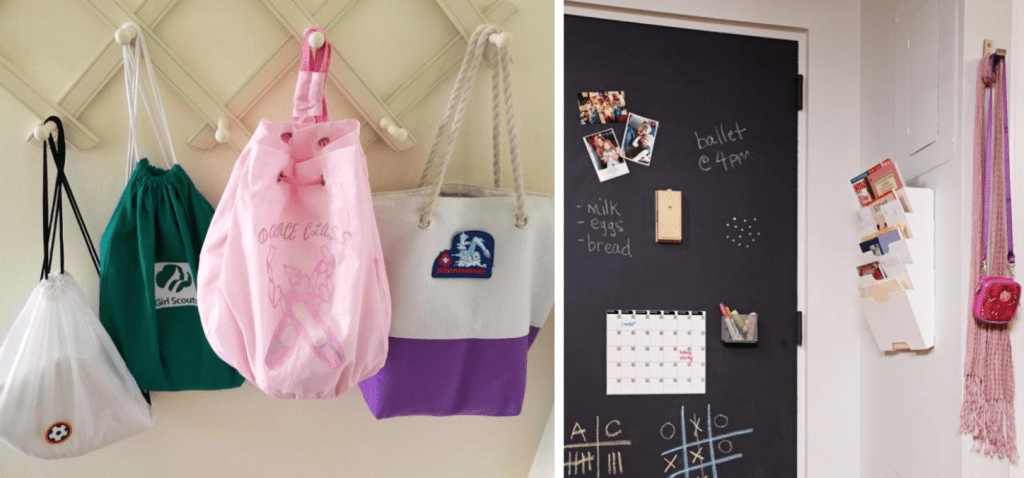
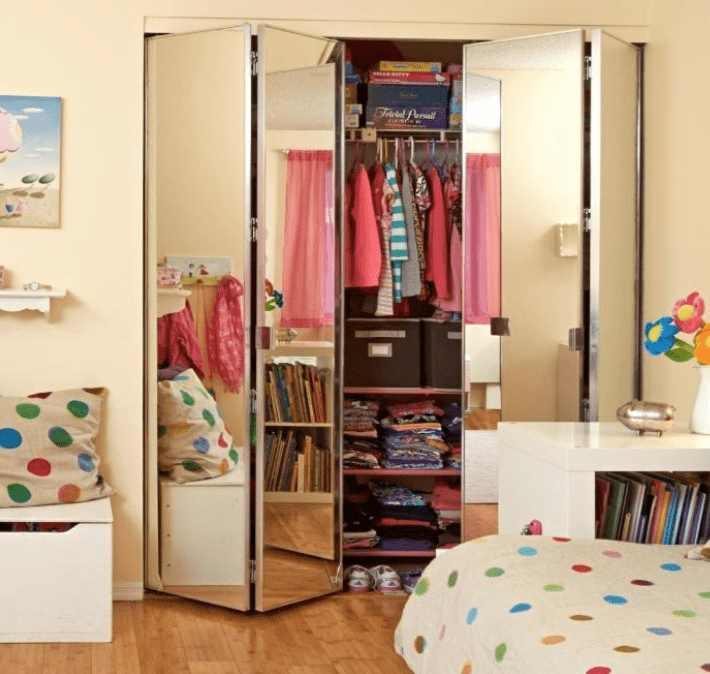
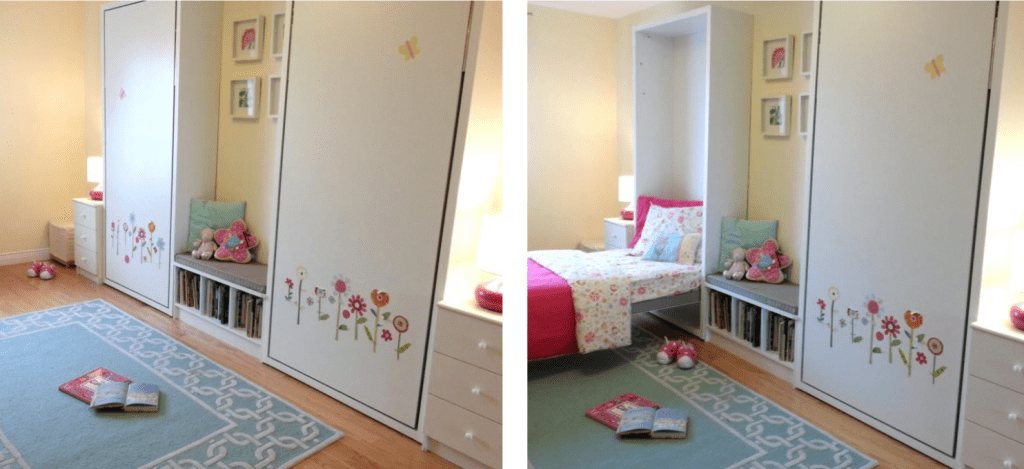
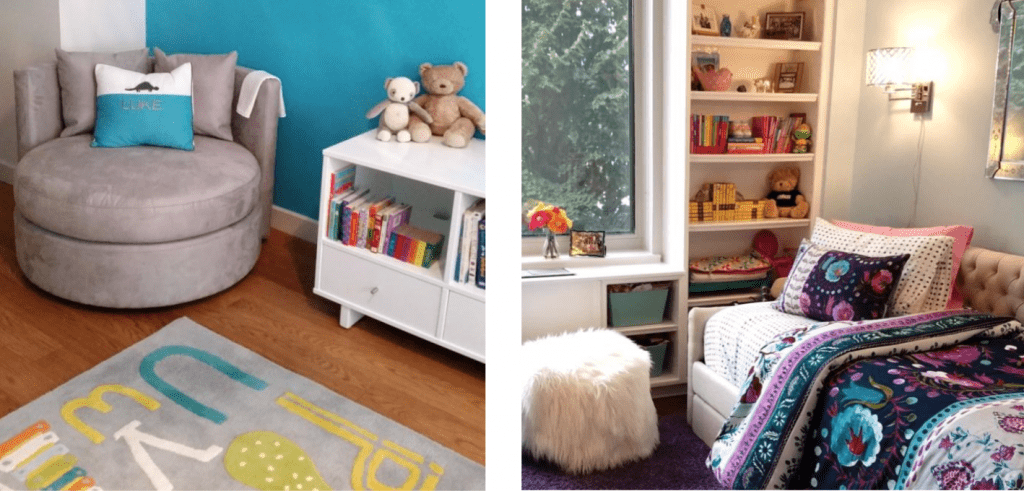
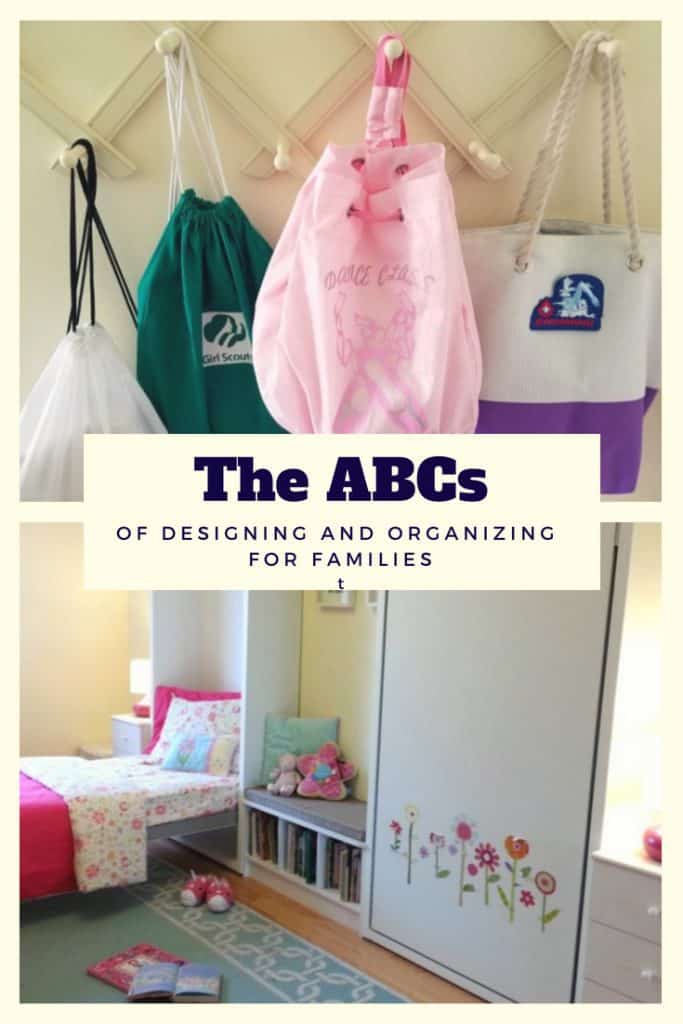
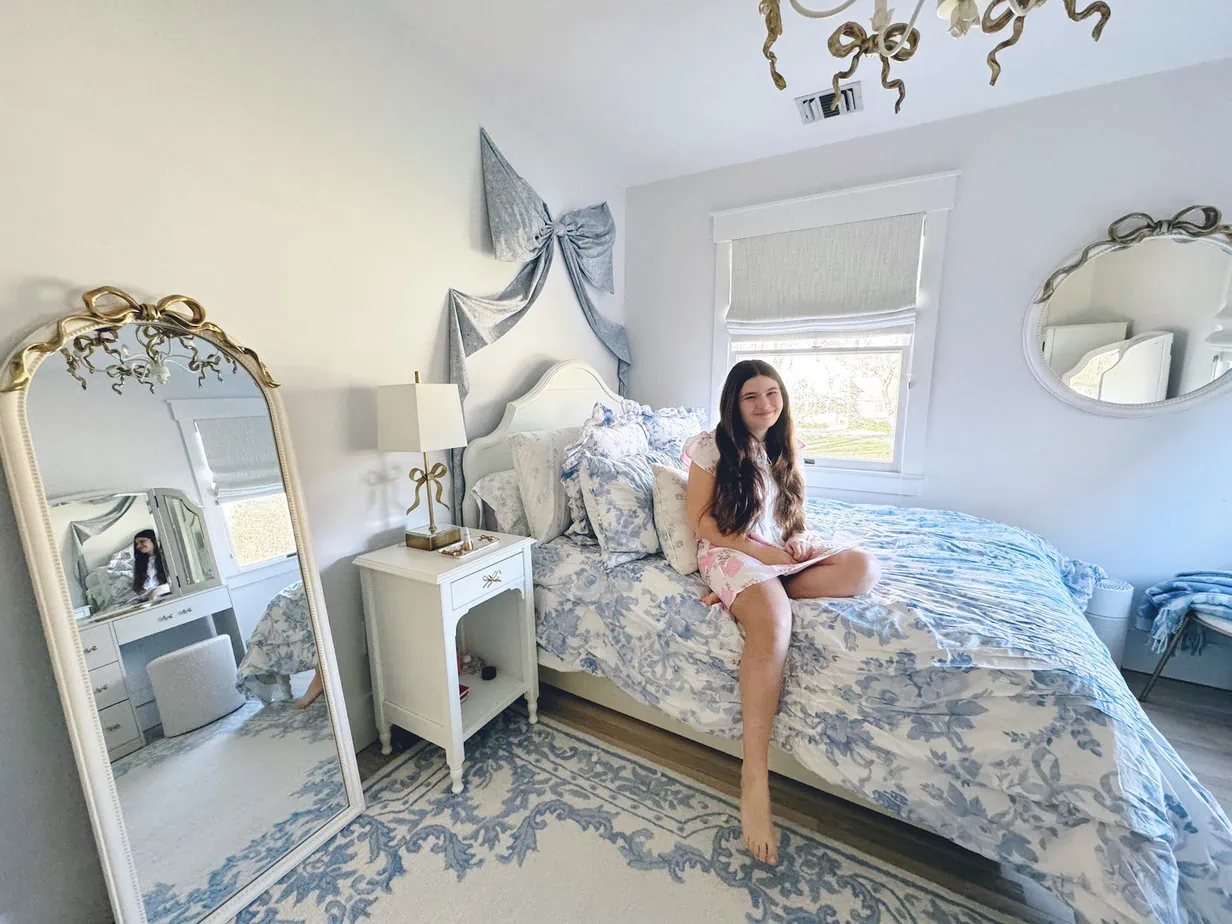
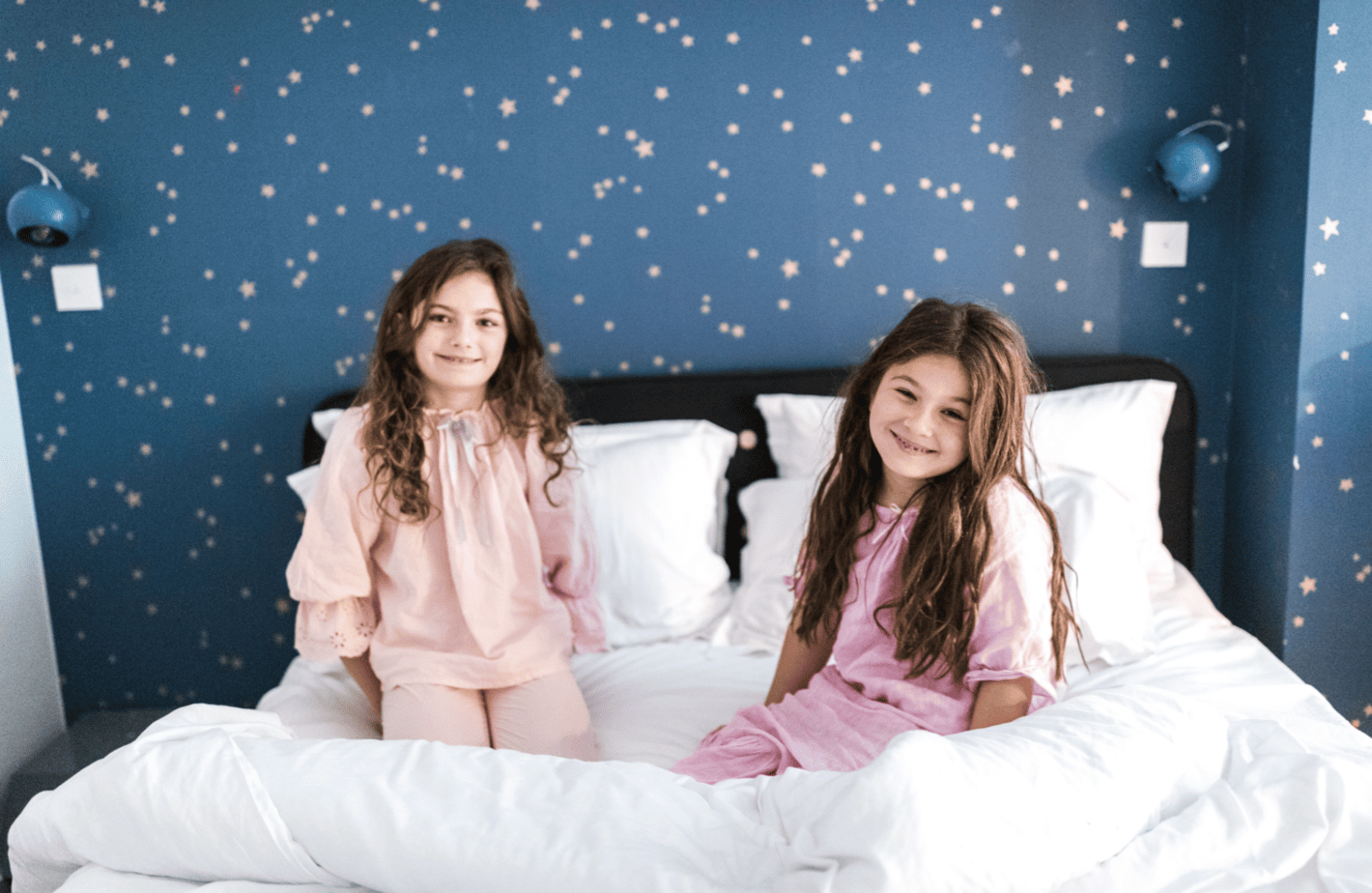
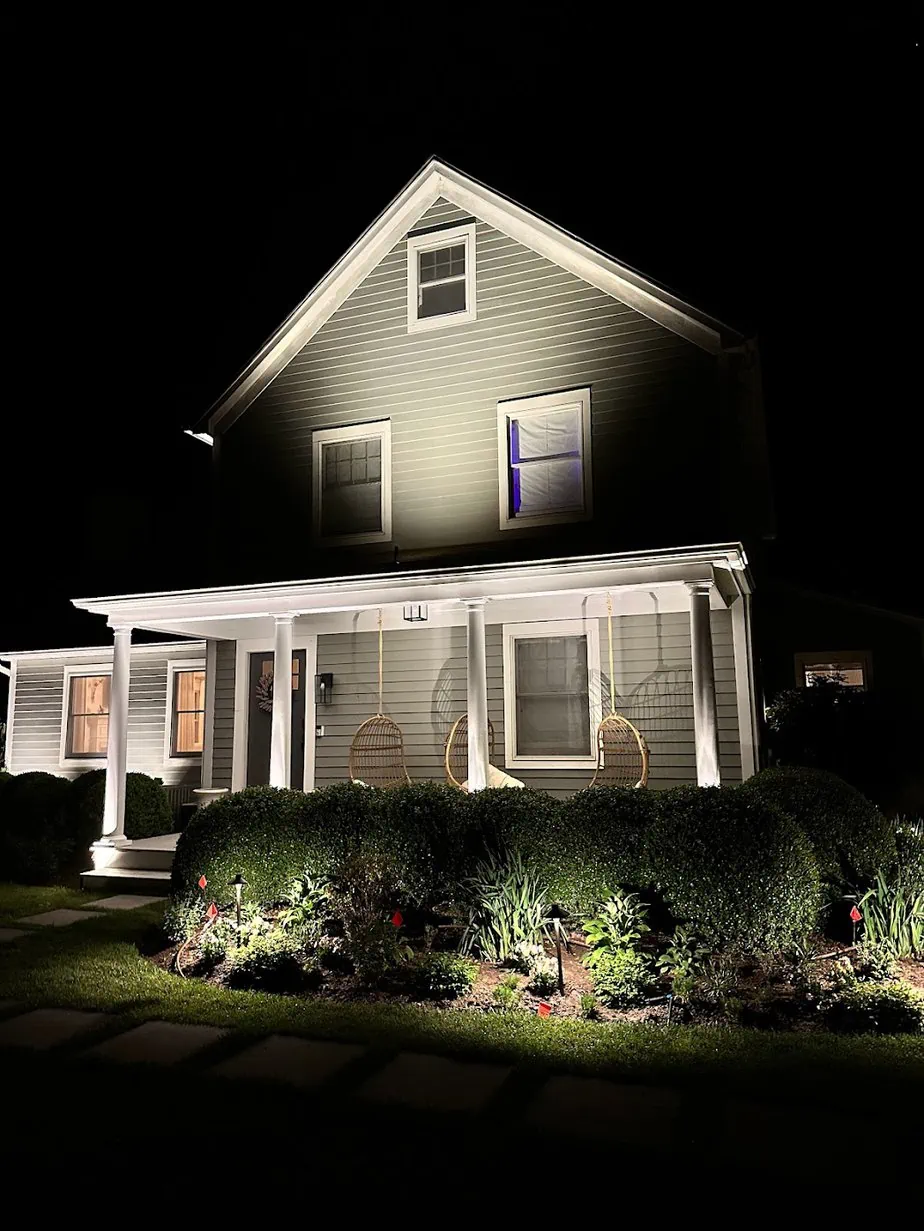
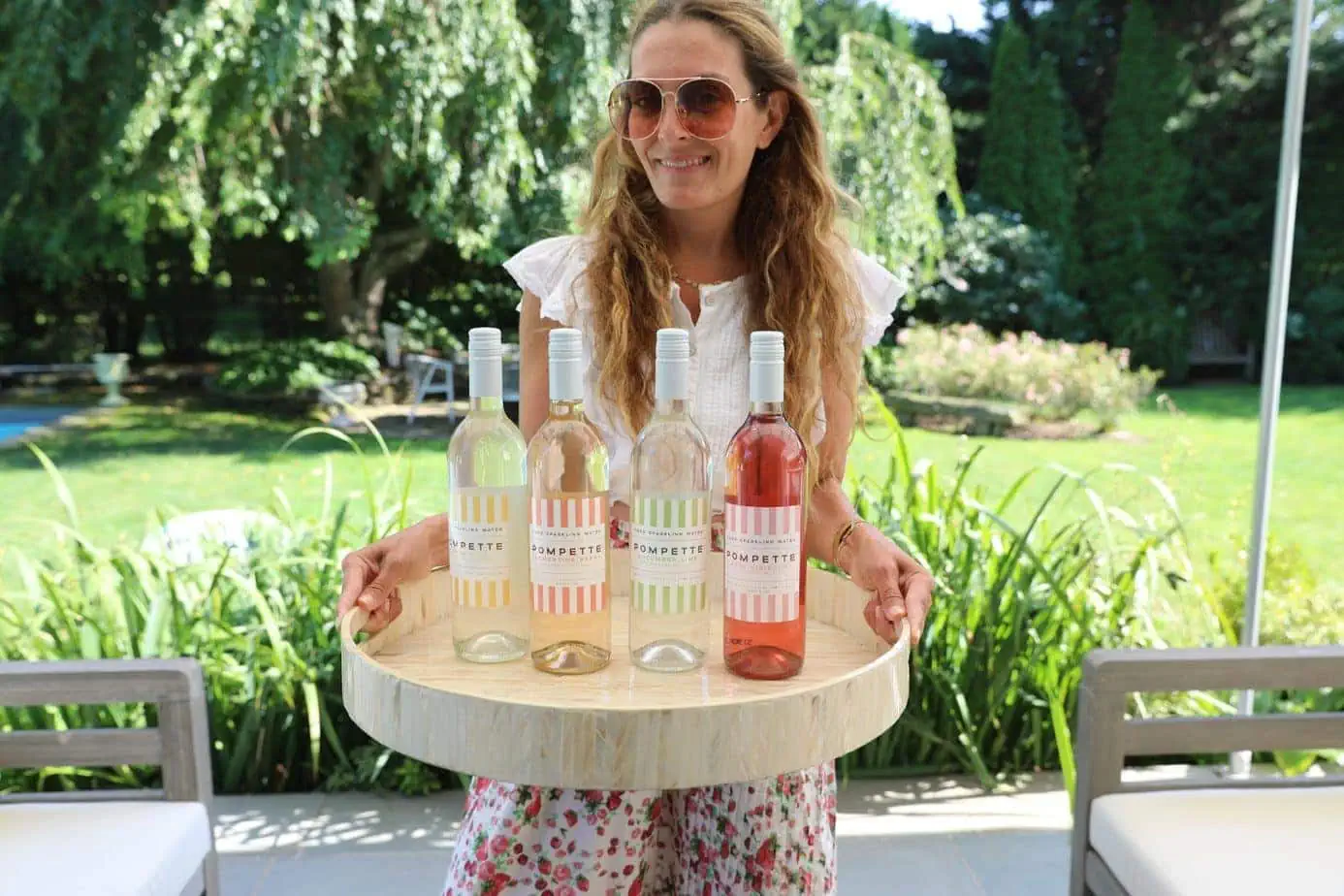

8 thoughts on “The ABCs of Designing and Organizing for Families”
If I could only get my girls to organize their closets. They’ve become the catch-all for all their stuff when they clean their rooms!
WE really need to get closets more organized. Also the playroom. Its insane right now
I need to go through the house and organize each room starting with the closets. I know we also have a bunch of bags scattered through the house.
You have some really good ideas here for organization and design. Sometimes it’s hard to declutter when you live with it so long, but your pictures are inspirations.
All of our closets need some serious attention. They’re so small, so we really need a good organizational strategy to make the most of the space.
We need to seriously work on closets in our house. We are slowly working on them. Love the ABCs idea!
We just moved into a new house the last few months and had a fun time organizing and designing each room! These are great ideas !
Our home is missing art. I think it’d cheer us up if we had something fun or colorful to look at.